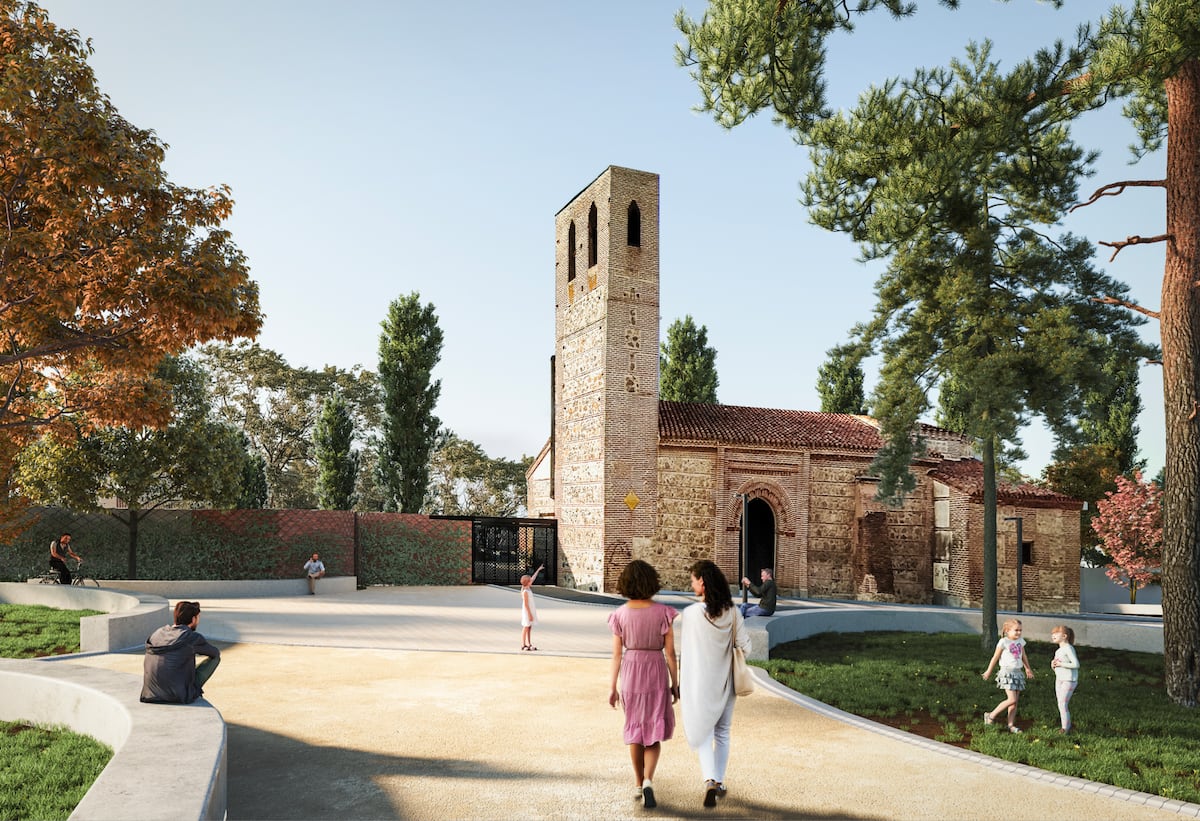Final adjustments are being made to the urban development project on the land of the demolished Carabanchel prison. 640 homes are planned, 61% free and 39% public protection.
The Secretary of State for Democratic Memory has committed to building a center that explains the history of the prison. There will be interventions to protect a Roman aqueduct and the hermitage of Santa Mara La Antigua, the oldest Mudejar temple in Madrid. The land has been the epicenter of a dispute between residents, the central government, and the Madrid City Council over how the facility has been designed in the last 14 years. It will cost 40 million euros, and now it is time to make the final touches before starting the development of the 172,000 square meter plot of land in the south of the city. The changes have been explained to a dozen representatives of neighborhood organizations at an information meeting this Wednesday afternoon. It is one of the last steps before moving on to the bidding, awarding, and construction of the urban development. The land for the 250 basic public housing units is awarded to Siepse and the City Council. The approximately 390 free homes are on Pryconsa and Siepse plots. Siepse will also be in charge of a plot where offices will be built and another that is classified as educational equipment. Residents have also been alert to demand social facilities such as a hospital, nursing homes, among other improvements that the Carabanchel district needs. They presented allegations in the 2022 agreement and, not feeling heard, created the Save Eugenia de Montijo platform less than a year ago. The changes will not be in terms of the distribution to the dozen plots or what will be built in each of them, but in the area of one of the access roads, the Hermitage, and the area of the vestiges of the prison, which was built after the Civil War by orders of Francisco Franco and which operated until 1998.

